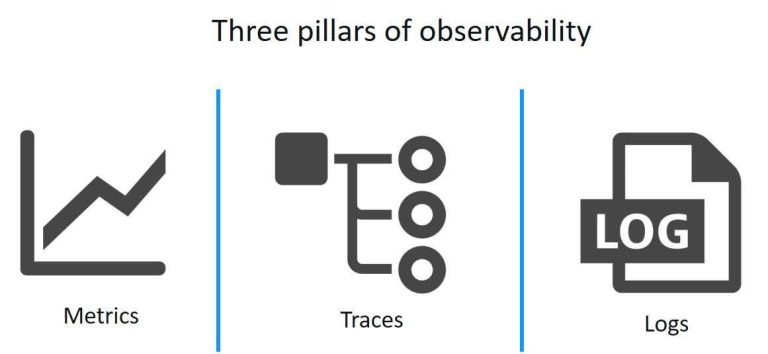In the world of IT operations and observability, understanding what is log parsing is crucial for managing complex systems effectively. Log parsing is the process of analyzing, formatting, and extracting meaningful data from log files generated by applications, servers, and network devices. This process turns raw, unstructured information into structured data that can be monitored, searched, and acted upon—enabling faster troubleshooting and better decision-making.
What Is Log Parsing in Simple Terms?
Every piece of software and hardware in a modern IT infrastructure produces logs—records of events, actions, and system states. These logs can be massive, unstructured, and difficult to read. Log parsing transforms them into a standardized format, breaking down key information such as timestamps, error codes, IP addresses, and user actions.
By converting logs into structured data, engineers and DevOps teams can search for specific events, identify patterns, and detect anomalies with greater ease.
How Log Parsing Works
1. Collection
Log files are gathered from multiple sources, such as servers, cloud platforms, APIs, and applications.
2. Parsing Rules
Custom or predefined parsing rules tell the system how to break down the raw log text into meaningful fields.
3. Structuring Data
The parsed log entries are stored in a structured format (like JSON or CSV) to enable quick filtering, aggregation, and analysis.
Why Log Parsing Is Important
Faster Troubleshooting
When a system goes down or a security breach occurs, parsed logs help teams quickly pinpoint the cause.
Improved Monitoring
Structured logs can be fed into observability platforms to set alerts and track system health.
Enhanced Security
Log parsing allows for quicker detection of suspicious activities by highlighting anomalies and failed access attempts.
Common Use Cases for Log Parsing
- Application Performance Monitoring (APM) – Tracking errors, latency, and performance bottlenecks.
- Security Information and Event Management (SIEM) – Detecting security threats through anomaly detection.
- Compliance Auditing – Meeting regulatory requirements by maintaining structured log records.
Tools and Technologies for Log Parsing
Many modern observability tools have built-in log parsing capabilities, while others require custom scripts. Popular tools include Logstash, Fluentd, and cloud-based solutions that offer automated parsing with minimal configuration. These platforms often provide dashboards and visualization features to make parsed data easier to interpret.
Conclusion
Understanding what is log parsing is essential for any team that needs to maintain visibility into their systems. It’s more than just a technical process—it’s a foundational part of modern observability strategies, enabling faster problem resolution, better system monitoring, and stronger security. By implementing effective log parsing, organizations can transform raw log data into actionable insights, keeping systems reliable and secure.

